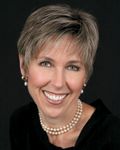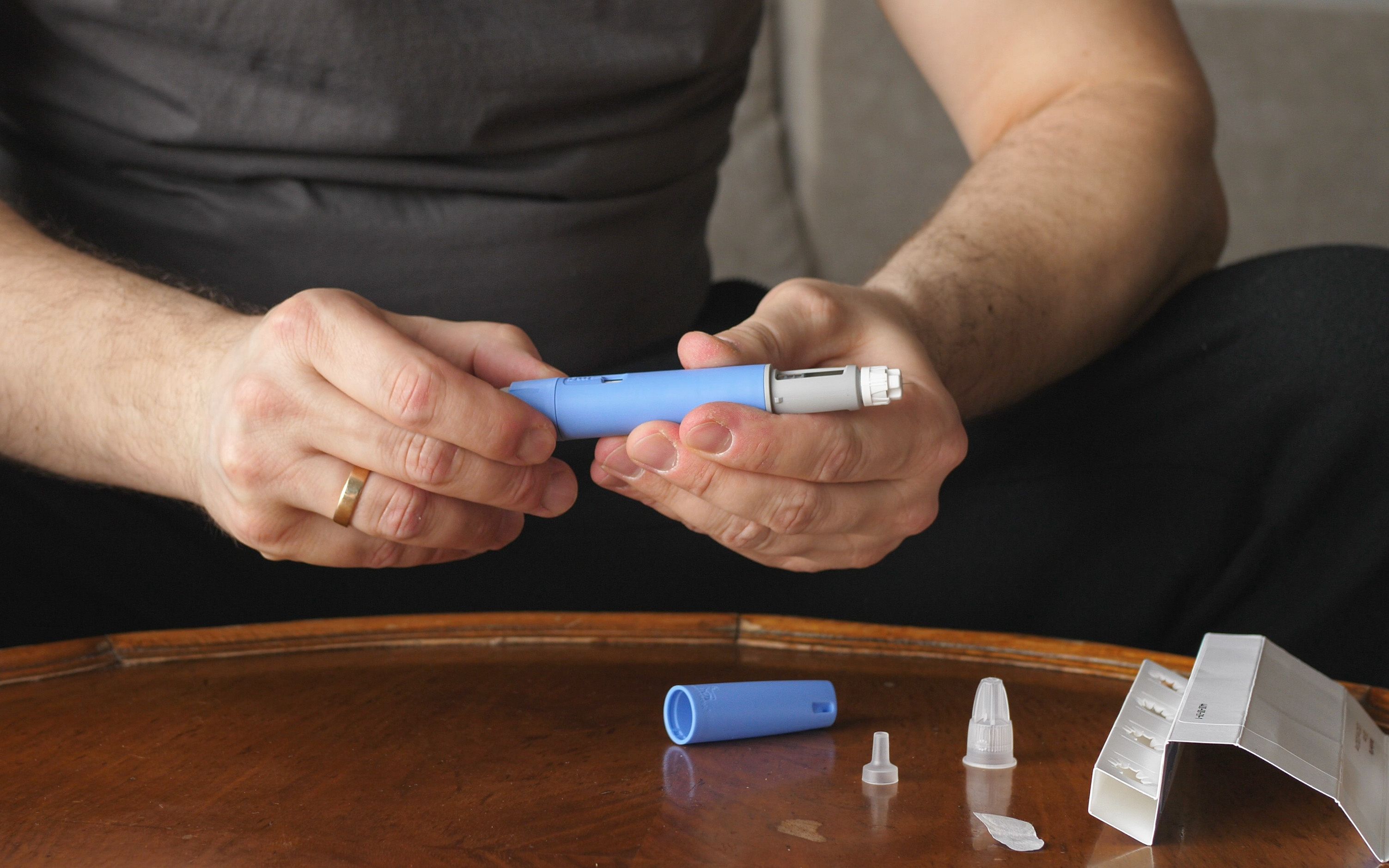- Case-Based Roundtable
- General Dermatology
- Eczema
- Chronic Hand Eczema
- Alopecia
- Aesthetics
- Vitiligo
- COVID-19
- Actinic Keratosis
- Precision Medicine and Biologics
- Rare Disease
- Wound Care
- Rosacea
- Psoriasis
- Psoriatic Arthritis
- Atopic Dermatitis
- Melasma
- NP and PA
- Skin Cancer
- Hidradenitis Suppurativa
- Drug Watch
- Pigmentary Disorders
- Acne
- Pediatric Dermatology
- Practice Management
- Prurigo Nodularis
- Buy-and-Bill
Article
Tips for starting a derm practice
When making decisions about credentialing third-party payers, find out the best ones from local physicians.

Dr. Yag-Howard offered tips and shared her experiences in setting up her private practice of seven years - Advanced Dermatology and Skin Surgery Specialists, PA, Naples, Fla. - at the 63rd Annual Meeting of the American Academy of Dermatology (AAD) here.
Service business Dr. Yag-Howard considers her dermatology practice a service business.
Businesses succeed with plans, and much goes into the pre-planning process before the doors ever open. Set a timeline and allow a minimum of six months of preparation, with many tasks to be done at the last minute, Dr. Yag-Howard advises.
Planning location When planning the office location, select a desired region by considering the location of family and friends, lifestyle offered, patient population and their dermatologic needs, and dermatologist saturation. The AAD is one source of such information.
"It sounds obvious, but practice in an area you like and where you want to live," she says, and where patients need the dermatologic services you want to provide. If you like snow skiing, don't consider practicing in warmer climates. If you prefer treating skin cancer, you might not want to practice in a college town.
Secure sufficient office space with a short-term (three- or four-year) lease, if possible. Dr. Yag-Howard says physicians often underestimate the amount of space needed for patient records and do not consider patient traffic flow or breathing room for future expansion.
"It is hard to know from the beginning how many patients will come," she explains. "Then, when they come and you are busy, you will need room to expand."
Finances and insurance Dr. Yag-Howard explains that the financial investment of a solo practice is significant - $70,000 to $100,000 - and should not come from personal resources. She suggests finding an accountant - preferably someone with medical practice experience - then interviewing several personal bankers before obtaining a cash flow loan. With the accountant, prepare a business plan with pro forma statements and projections. During the first year of the loan, make interest-only payments and then refinance to pay off the loan in five years.
Obtain necessary insurance: malpractice, business owner's, worker's compensation, business overhead, disability and health.
When making decisions about credentialing third-party payers, find out the best ones from local physicians. Then allow three to six months to credential. Pay attention to contract terms and reimbursement policies.
Advertising A large, but necessary, expense of practice start-up is advertising. Dr. Yag-Howard says, initially, a Yellow Pages ad is a must, but it can be dropped when a patient base is built.
"It is a very expensive way to advertise," she admits. "Today, fewer patients use the telephone book. More are turning to the Internet. A Web site is a great marketing strategy. People want the best doctors and assume the best doctors are those who have Web pages."
A Web site can be set up for as little as $150 through the AAD's Physician Profile. Being linked through the AAD should bring more hits to the site, she says.





